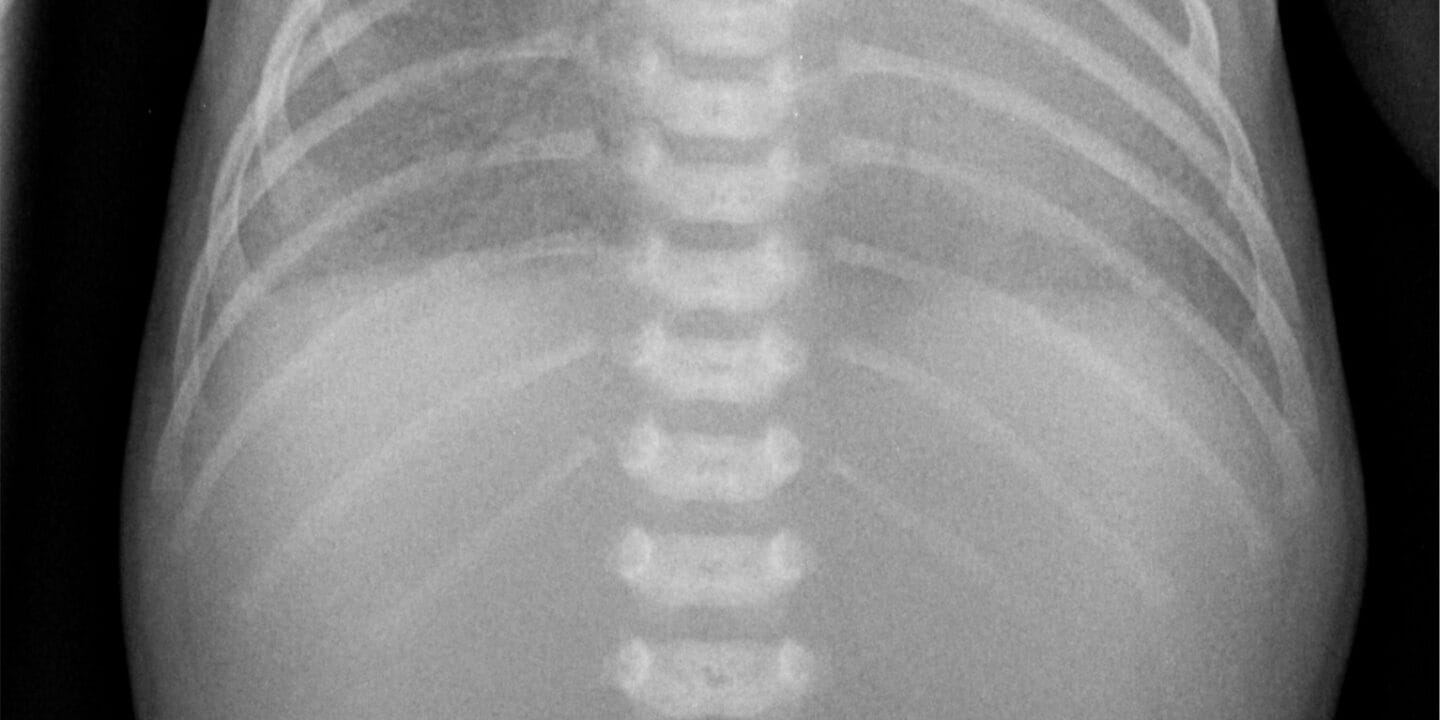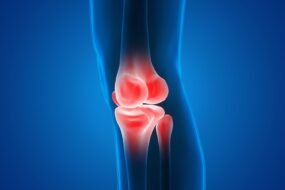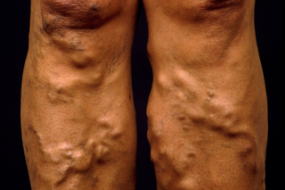
Oesophageal atresia is a blind-ending esophagus resulting from congenital closure or absence of the esophageal lumen. This condition must be identified and corrected within 48 hours to increase the chance of survival.
More than 85% of oesophageal atresia cases are associated with a fistula to the trachea (trachea-oesophageal fistula).
Epidemiology
- 1 case in 2500-3000 live births.
- There is a 2 % risk of recurrence when a sibling is affected.
- Increased in advanced maternal age.
- 50% have one or more associated anomalies (skeletal/vertebral, genitourinary, cardiac, anorectal, and others).
Embryology
- The primitive foregut gave rise to the esophagus and trachea.
- The caudal portion of the primordial pharynx develops into a ventral outpouching forming a laryngotracheal diverticulum.
- The longitudinal tracheoesophageal folds fuse to form the tracheoesophageal septum.
- In week 4 – The tracheoesophageal septum fails to separate, which causes a fistula to develop.
- In week 8- There is a failure of recanalization of the primitive gut leading to the formation of oesophageal atresia.
Classification
- Type A – Esophageal atresia minus tracheoesophageal fistula.
- Type B – Esophageal atresia plus proximal tracheoesophageal fistula.
- Type C – Esophageal atresia plus distal tracheoesophageal fistula (commonest)
- Type D – Esophageal atresia plus proximal and distal tracheoesophageal fistula.
- Type E – Tracheoesophageal fistula minus esophageal atresia (H-type).
Associated abnormalities
- Cardiovascular defects
- Anorectal deformities
- vertebral abnormalities
- Limb deformities
- Renal malformations
Clinical features
- Polyhydramnios prenatally.
- Excessive oral secretions.
- Regurgitation of every feed.
- Choking and cyanosis following the first feed.
- Respiratory compromise.
- Aspiration pneumonia.
Diagnosis
- Inability to pass a nasogastric tube
- A coiled nasogastric tube in the upper esophagus is seen on the x-ray.
Treatment
- The initial treatment goal is to prevent or mitigate the sequelae of aspiration.
- Place the child in an upright position
- Suction the blind pouch
- Administer prophylactic antibiotics
- Definitive treatment is by surgical correction via a thoracotomy.












